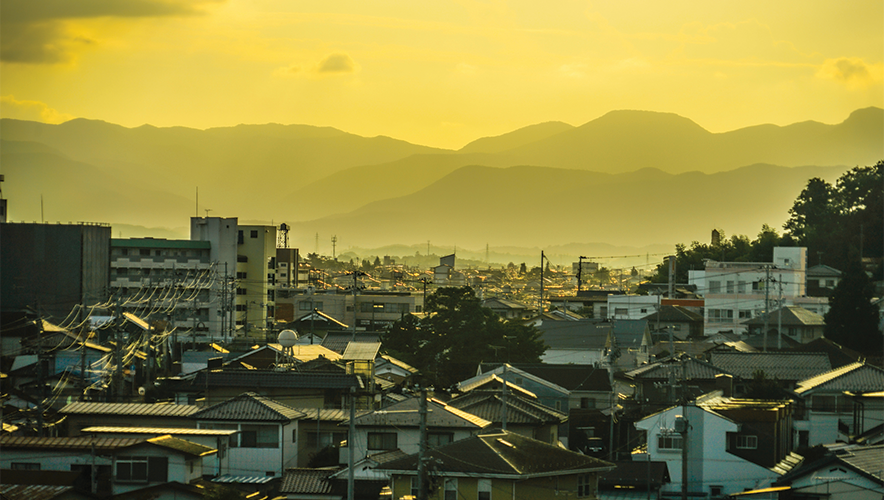Undersea Earthquake in Japan Echoes Memories of Nuclear Disaster
An undersea earthquake shook the Fukushima, Japan, region for more than two minutes on Wednesday. While strong enough to cause significant structural damage and at least the deaths of four people, the destruction appears contained and far less severe than the 2011 earthquake that resulted in a massive tsunami. That incident killed more than 19,000 people and triggered a massive nuclear disaster in the same region.
The epicenter of the 16 March 2022 earthquake was roughly 20 miles off the east coast of Japan and 35 miles below the ocean's surface. Starting at 11:36 p.m. local time, the 7.4-magnitude quake was felt as far as Tokyo, which lies to the south of the region and almost 200 miles away.
While the earthquake’s magnitude was significant, it is likely that its originating depth mitigated potential damage—more destructive earthquakes occur closer to the surface of the Earth’s crust, according to a CNN interview with seismologist Robert Geller.
Officials reported that the damage has been contained, however, an assessment is ongoing. Along with power outages, shattered windows, caved in roofs, and broken floors, reports said more than 190 people were injured, with fire departments dispatched to rescue people trapped in elevators. Also, a bullet train traveling between Fukushima and Shiroshizaou stations was derailed by the earthquake. More than 75 people were onboard at the time, but no injuries were reported and all passenteres were able to evacuate the train using an emergency exit.
The Fukushima area is no stranger to earthquakes, or their resulting tsunamis. After Wednesday’s quake, the Japan Meteorological Agency issued tsunami warnings for the Fukushima and Miyagi prefectures before lifting them a few hours later. Minor tsunamis, measuring 8 inches (20 centimeters) in height were reported—far smaller than the 45-foot wave that slammed the area almost exactly 11 years ago.
On 11 March 2011, a 9.1-magnitude undersea earthquake, also known as the Great Sendai or Great Tōhoku Earthquake, struck, with an epicenter an estimated 80 miles east of the Miyagi Prefecture. Closer to the surface, this earthquake triggered a series of large tsunami waves that hit several coastal areas of Japan. The event resulted in more than 19,000 deaths, and historic destruction once the tsunami waves breached sea walls erected to protect a nuclear power plant in the area.
Tokyo Electric and Power Company (TEPCO) officials reported that the tsunami waves damaged backup generators at the Fukushima Daiichi plant, which ultimately resulted in the meltdown of three reactors, the release of radiation, and explosions from a buildup of pressurized hydrogen gas. Cleanup efforts, still ongoing, are expected to last for decades. In fact, Geller said that Wednesday’s quake could have been a 2011 aftershock.
Since 2011, new safety measures have been enacted for Japan's nuclear reactors, including new sea walls, flood gates, and protection for backup generators responsible for powering pumps that regulate reactor cores’ temperatures.
Officials began inspecting nuclear plants in the region on Thursday and reported no abnormalities at plants in the Fukushima, Miyagi, or Ibaraki prefectures, according to The New York Times.
TEPCO did report that a fire alarm was triggered at one of the reactors at the now-defunct Fukushima Daiichi plant, all abnormalities were resolved by 4:30 a.m. (local time) on Thursday, according to NHK, a public broadcaster in Japan.
“TEPCO observed no changes in the measurements at radioactivity monitoring posts and radioactive dust monitors in the plant's compound,” NHK reported.
Protection of nuclear infrastructure remains tricky and fraught with frustration and distrust.
“At the Hamaoka nuclear power plant, for example, which is perched on the Pacific coast west of Tokyo, workers built a 72-foot sea wall, among the tallest in the country, to protect its three reactors. Then came the bad news: Scientists working on new projections of potential tsunamis in the region warned last year that waves could reach almost 74 feet,” according to the Times.
